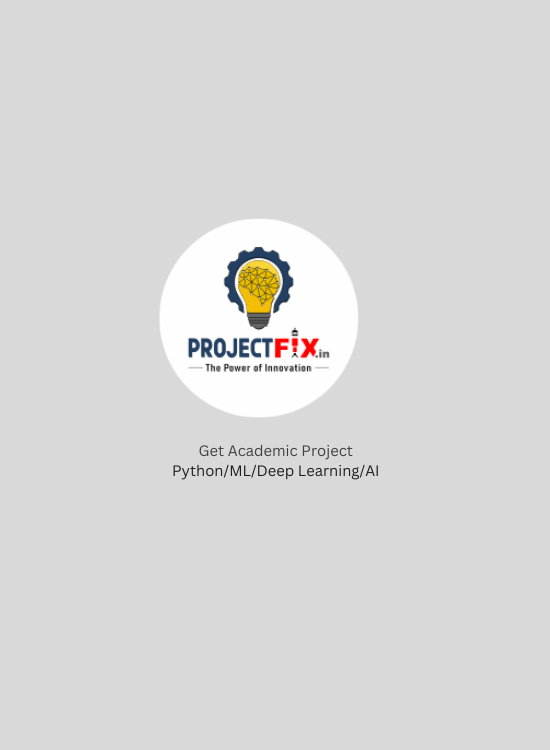Air Quality Prediction Using Data Mining and Image Processing
Air quality prediction using data mining and image processing integrates various techniques to forecast and monitor air pollution levels. Data mining involves extracting patterns and knowledge from large datasets, while image processing analyzes visual data from sources like satellite imagery or ground-based sensors.
- Data Collection:
- Feature Extraction:
- Data Preprocessing:
- Model Selection:
- Training and Validation:
- Prediction and Visualization:
- Monitoring and Alerting:
- Improvement and Evaluation:
Overview
Air quality prediction using data mining and image processing integrates various techniques to forecast and monitor air pollution levels. Data mining involves extracting patterns and knowledge from large datasets, while image processing analyzes visual data from sources like satellite imagery or ground-based sensors.
Data Collection: Gather data from various sources including air quality monitoring stations, meteorological data (temperature, humidity, wind speed), and geographical information (elevation, land use).
Feature Extraction: Extract relevant features such as pollutant concentrations (PM2.5, PM10, NO2, etc.), weather conditions, time of day, and geographical coordinates.
Data Preprocessing: Clean and preprocess the data to handle missing values, normalize features, and remove outliers.
Model Selection: Choose appropriate machine learning models like regression models (linear regression, SVM), ensemble methods (random forest, gradient boosting), or deep learning models (CNNs for image processing) based on the nature of the data and prediction requirements.
Training and Validation: Train the selected models on historical data, validate their performance using techniques like cross-validation, and fine-tune hyperparameters to optimize accuracy.
Prediction and Visualization: Apply trained models to predict future air quality levels. Utilize image processing techniques to analyze satellite images for spatial patterns of pollutants. Visualize predictions and trends using graphs, maps, and dashboards.
Monitoring and Alerting: Implement a real-time monitoring system to continuously update predictions based on new data. Trigger alerts or notifications when air quality levels exceed predefined thresholds.
Improvement and Evaluation: Continuously evaluate model performance using metrics such as RMSE (Root Mean Squared Error) or MAE (Mean Absolute Error). Incorporate feedback to improve models over time.
Such projects contribute to proactive environmental management by providing early warnings of air quality deterioration and supporting policy decisions for pollution control and public health improvement efforts.


